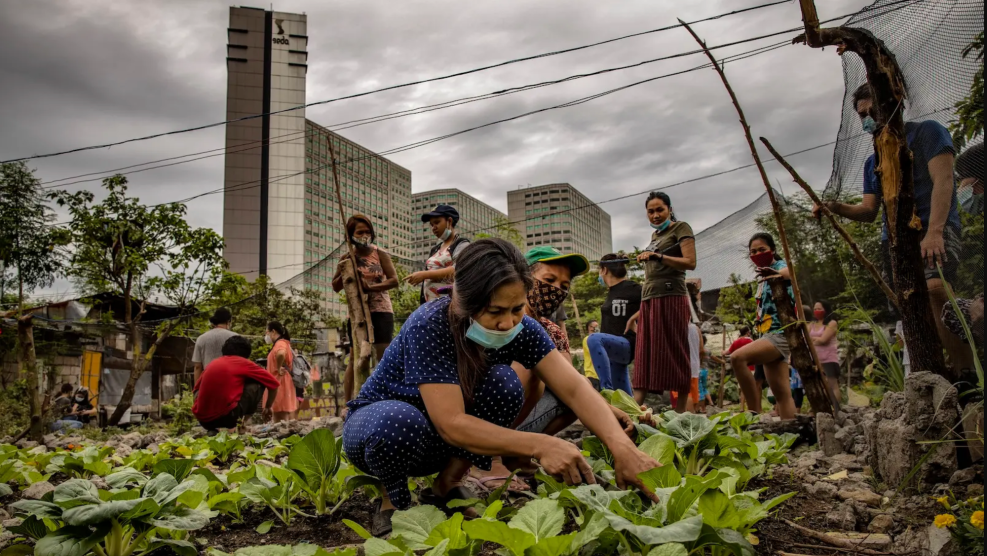Over the weekend David Broder, dean of Beltway insider-ism, unveiled his grand compromise plan for Social Security in the Washington Post. The details are a bit cryptic, but basically, Rep. Clay Shaw (R-FL) wants to borrow $3.7 trillion, have individuals invest it in the stock market, and earn such high rewards that a) they can give most of the money back so as to the government to bring the program into long-term balance, and b) hopefully keep an extra chunk of change for themselves.
No cuts, no tax hikes, no pain, it’s perfect! Except for all the borrowing. Ah, the borrowing… It’s worth explaining why all that borrowing is so horrendous. Right now, of course, the federal deficit is very large, and foreign central banks are already getting a bit full from munching on dollars to pay for it. So issuing $3.7 trillion in new debt could have a catastrophic effect on the bond markets. Economists like Brad Setser find that scenario quite plausible indeed.
But more to the point, the assumption undergirding all this borrowing money for Social Security is that eventually we can bring the program into long-term balance, fund the program’s future obligations, and happily repay that debt later on. But that, too, ignores the price of borrowing now. So long as our debt doesn’t grow any faster than the economy grows, it’s fairly manageable. But at a certain point, when the deficit grows to a certain size, those borrowing costs start compounding and the national debt accelerates faster than the economy grows. Last week, Max Sawicky of the Economic Policy Institute released an important paper (PDF) showing that this is already likely to be the case under the existing Bush budget—the national debt will be 130 percent of GDP in 2055. Under this little Armageddon scenario, of course, Congress of the future will go into full panic mode and all Social Security benefits will be at risk of massive, massive cuts.
Clay Shaw’s compromise plan only hastens Armageddon. There are no free lunches here, and pretending that we can get around benefit cuts or tax hikes merely by borrowing our problems away is, to be blunt, insane. Otherwise, why not borrow $10 trillion today, put it in the stock market, and use the returns to pay for health care, defense, apple pies, sports cars for everyone? But of course we don’t propose that, and David Broder should no better.
















